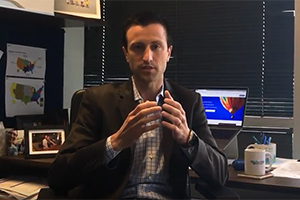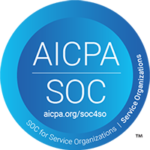

Nearly two months passed by and nothing happened. No executive orders or bills introduced in either house of Congress. No voluntary price cuts—in fact, just the opposite. Several companies, notably Pfizer, decided to raise prices before Trump’s Twitter shaming caused Pfizer to retreat.
It should be noted that Pfizer didn’t actually reduce prices; it just kept them at their pre-July 1 increase levels. Nevertheless, a PR win for Trump and, to a lesser degree, Pfizer.
“â¦We will respond!” the president threatened. I wonder what he would’ve done. I’m still wondering what he can do with the way the system is structured.
Just think about the words “drug prices.” Most consumers believe these are the prices they pay at the pharmacy. In reality, we’re talking about list or wholesale prices, the starting point before the behind-the-scenes deals between manufacturers and pharmacy benefit managers (PBMs), who are supposed to negotiate the best prices for the health plans they represent.
Rebates are the currency in those negotiations. Since they are typically tied to list prices, if the list price of a drug rises, so does the rebate that goes back to the PBM and (theoretically) the employer or health plan. Where’s the incentive to lower the price.
One potential “reform” that’s been proposed by big pharma is shifting some of the rebate to the point of sale, a move that would allegedly help consumers.
Here’s a breakdown of the current and proposed states, using insulin as an example:
Today
– List price $300- PBM-negotiated discount of 16% reduces cost by $50
– Consumer in a high-deductible plan pays $250 (during the deductible phase)
– Health plan or employer receives a $100 rebate (via the PBM)
– Net cost to the system: $150
With Proposed Point-of-Sale Rebate
– List price $300
– Point-of-sale rebate applied in the amount of $100
– Consumer pays $200 out of pocket ($50 less), but at a cash price that doesn’t apply toward their deductible
– Net cost to the system: $200 (33% more than today)
If the above scenario plays out, the Trump administration will claim victory, as will pharma, whose real victory will be even higher profits at consumers’ expense.
In the Meantime…
I don’t know about you, but I’m not holding my breath for any meaningful change from big pharma or a bully pulpit. Just business as usual under the guise of reform.
Pfizer’s spokeswoman pointed out in a statement defending the company after Trump’s Tweets: “Importantly, list prices do not reflect what most patients or insurance companies pay.”
That actually sums up the real problem. These aren’t real prices that reflect real transactions. Depending on one’s health plan, one person can pay next to nothing for a drug and someone else pays an arm and a leg. There are no real market forces at play to control costs, so we all pay more.
What’s the solution? This may sound harsh, but there needs to be pain on the consumer’s part if we’re ever going to achieve a free market that functions the way it does for every other consumer good or service. Granted, I’m not talking about the pain of going bankrupt in order to stay alive and well.
We need to feel the pain of parting with our money in exchange for something of value, but not some artificial price. Insurance coverage should be there for the catastrophic costs of specialty and other life-saving drugs. For everything else, we need to arm consumers with information that empowers them to make the best decisions for their own health and finances.
I estimate that 50-60 percent of the name-brand drugs we’re prescribed every day have lower-cost but therapeutically equivalent options available. Believe it or not, sometimes simply taking the same drug in tablet form instead of a capsule can mean a 10-times price difference.
With visibility to all available options, we can all choose the better deal. We can make pharma feel the pain when we bypass the high-priced drugs the system shoves down our throats, so to speak.Then, and only then, will we have an efficient market that works.
Click below to watch the video for Mike’s blog, which contains additional perspective on lowering drug prices:



